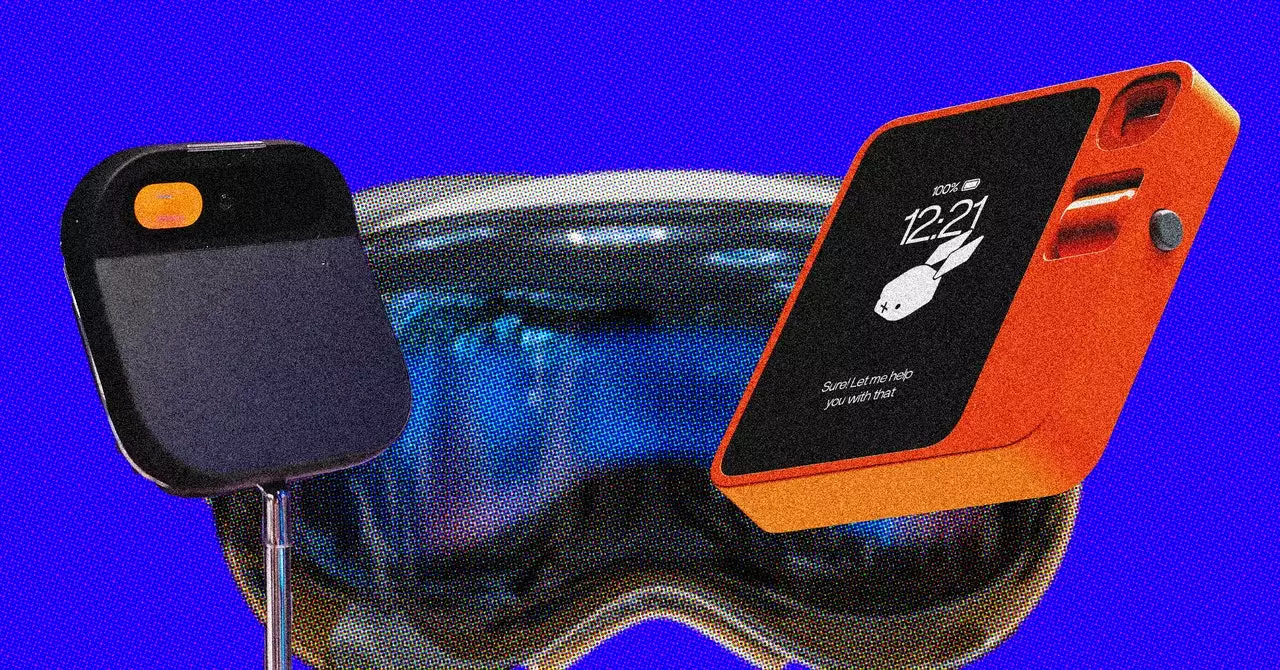As the tech landscape continuously morphs, products are often judged not only by their promised capabilities but also by their actual performance. Take, for example, the R1, a device that has garnered attention for its third-party integrations—DoorDash, Uber, Midjourney, among others. Despite the initial excitement, it seems that these integrations have suffered a series of retirements, which raises questions about the reliability and long-term viability of the product.
From the outset, the promise of being able to streamline multiple applications into a single device is tantalizing. However, the reality has proven to be quite different. The discontinuation of third-party services, while seemingly a small issue, highlights a larger trend of unfulfilled promises. Users were initially drawn in by the idea of seamless connectivity, only to face a barrage of integration failures that left many in the lurch. Furthermore, even prior to their retirement, these integrations were often riddled with technical glitches, serving as a frustrating reminder that hype does not always equate to functionality.
Interface Improvements: A Step in the Right Direction
Shifting from integrations to the user interface itself, there have been notable updates that improve user experience. The scroll wheel now functions with greater fluidity, and the inclusion of a push-to-talk feature that allows for volume control through scrolling introduces a welcomed practicality. These enhancements signal that the developers at Rabbit are aware of user feedback and are striving to create a more user-friendly experience. Yet, one must wonder whether these improvements are mere band-aids on a fundamentally flawed product.
The R1 has several noteworthy features, particularly three that stand out amid the noise: Beta Rabbit, LAM Playground, and Teach Mode. The Beta Rabbit function, which utilizes advanced large language models to offer a supposedly more conversational experience, is perhaps the most ambitious of the bunch. However, while its capabilities appear sophisticated on paper, the execution leaves much to be desired. In a test regarding cosmic phenomena, the response veered off course, displaying a lack of contextual understanding that one would expect from a tool powered by sophisticated AI like GPT-4o or Gemini Live.
Moving to LAM Playground, it is designed to function as a virtual assistant capable of executing user-driven tasks. Nevertheless, the experience is mired in significant delays and complications that diminish its appeal. For example, initiating a simple search on Google resulted not in the sought-after efficiency but rather a meandering series of commands that failed to deliver timely results. A product designed to simplify tasks instead became a source of frustration—a sentiment echoed by many in the community.
Teach Mode offers yet another layer, positing the idea of allowing users to create lessons for the R1 to follow. While the concept of the R1 mimicking user actions in a virtual environment is intriguing, the execution, similar to prior features, is fraught with issues. Users often encounter errors, and even when the feature operates as intended, the sense of ease anticipated from such functionality remains elusive. Ultimately, the promise of a tutor-like capability tangles itself in a web of limitations.
The R1 presents an intriguing blend of potential and pitfalls. While the device has evolved with numerous updates and improvements over time, its core functions often disappoint. The dream of a unified tool capable of executing complex tasks remains just that—a dream. Each new feature seems to bear the burden of implementation woes, underlining a journey that, while filled with ambition, frequently stumbles over practical execution.
Consumers are left to weigh the questions of reliability versus innovation, inevitably feeling torn between the desire for advanced functionalities and the frustration of lacking performance. For anyone considering the R1, it may be wise to keep expectations grounded in reality rather than the promising landscape painted by marketing. In a world that craves seamless technological integration, the R1 serves as a reminder that there is still much work to be done in truly fulfilling that vision.


Leave a Reply